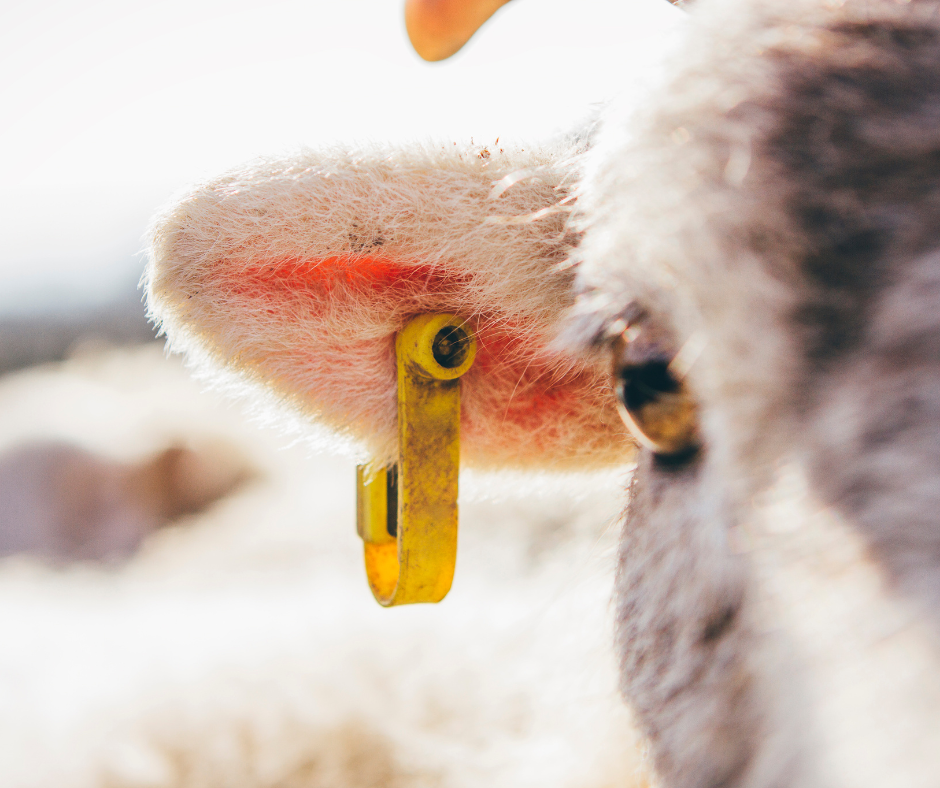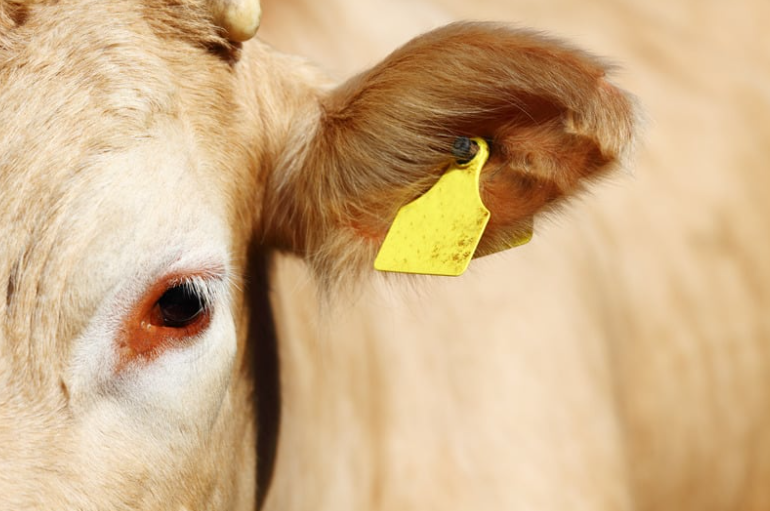A new data archive for the legacy Sheep & Goat Ear Tag Allocation System (S&G ETAS) data has gone live this week, enabling future cost savings of close to half a million pounds for Defra and marking the latest collaboration between Defra and Livestock Information Ltd (LI Ltd). The work came about as part of the 2024 Defra spending review.
Despite the S&G ETAS being replaced by the Livestock Unique Identification Service (LUIS) in 2022, the Rural Payments Agency (RPA) are still often required to access the legacy data as part of their inspections. This new data archive, built and supported by LI Ltd, paves the way for Defra cost savings for decommissioning the legacy S&G ETAS; and in the future, the Cattle ETAS as well.
The Livestock Unique Identification Service, also built by LI Ltd, is the official government service responsible for allocating the unique identification codes for all sheep and goat, and cattle ear tags (both electronic and non-electronic) and electronic boluses in England, Scotland and Wales. To support disease control in Great Britain, livestock need to be officially identified by a unique number showing; country of origin, flock and/or herd mark and location (holding number).
Ian Hewett, Managing Director for LI Ltd, said: “This work builds on the existing foundations for LI Ltd to be the main livestock data source for Defra. The cost savings delivered by this new data archive solution are quite significant, and it brings the data across and in line with its successor, LUIS. Since LUIS replaced S&G ETAS in March 2022 and Cattle ETAS in February 2023, it now issues over 2 million ear tags each month, so an effective data archive solution is essential.”
The legacy data from the retired S&G ETAS platform has now moved to the new data archive as part of the LI Data Platform, to enable users to access backdated information through this new system. The data archive the legacy Cattle ETAS is scheduled to be completed later this year.




